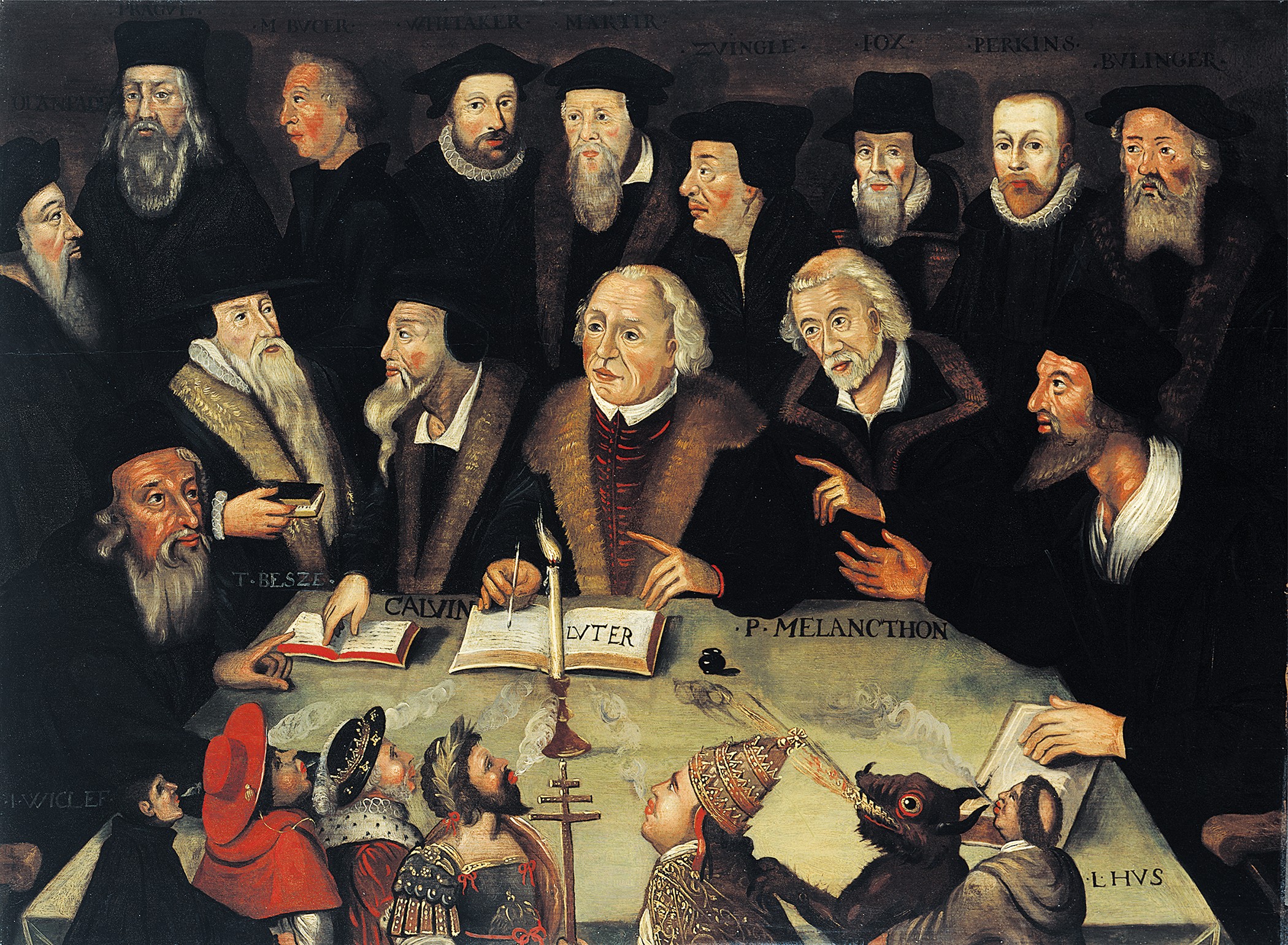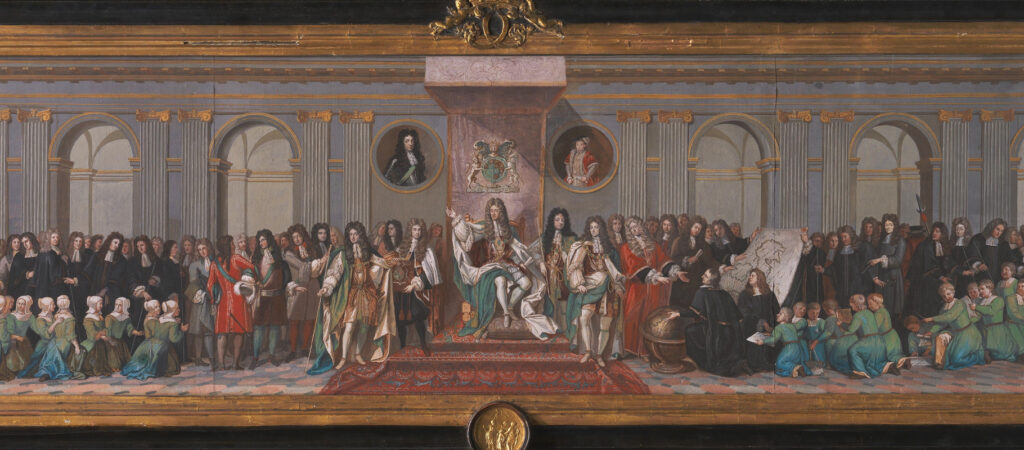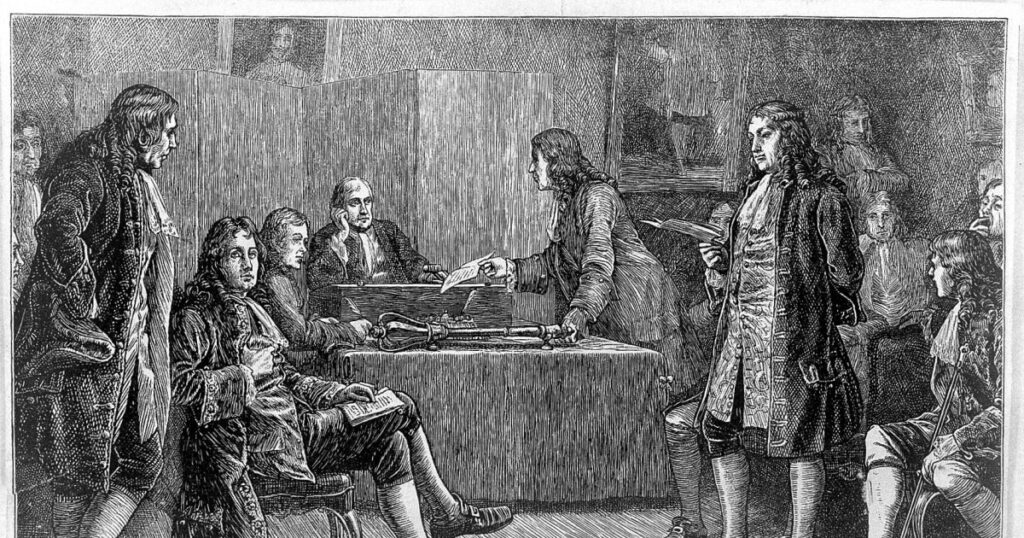“The Spark of Renewal: Art, Culture, and Science in the Restoration Period”

Introduction: A Time of Revival and Revolution
The Restoration period in England, beginning in 1660 with the return of Charles II to the throne, marked a dramatic cultural, artistic, and scientific rebirth after years of Puritan austerity under Oliver Cromwell. It was a time of flourishing theaters, groundbreaking scientific discovery, and evolving societal norms, all set against the backdrop of political instability and religious tension.
This era, stretching roughly from 1660 to the early 1700s, witnessed the emergence of modern ideas in science and literature, the growth of a consumer culture, and the development of a more public intellectual and artistic life.
Art and Architecture: The Baroque Influence Arrives
Following the devastation of the Great Fire of London in 1666, architecture became a key element of the Restoration era’s transformation:
- Sir Christopher Wren, the foremost architect of the time, redesigned over 50 London churches, including the masterpiece St. Paul’s Cathedral, in Baroque style, signaling grandeur, optimism, and power.
- Portraiture flourished with artists like Peter Lely, who painted court beauties and helped shape the sensual visual culture of the Restoration court.
- Royal patronage, particularly from Charles II, revived the arts. He founded institutions like the Royal Society of Musicians and supported dramatic and decorative arts influenced by France and Italy.
The Theater Reopens: From Ban to Boom
One of the most iconic cultural shifts of the Restoration was the reopening of theaters, which had been closed during the Puritan era:
- Restoration drama introduced witty comedies of manners, satirical plays that poked fun at social mores and the aristocracy.
- Women were allowed on stage for the first time in English history. Actresses like Nell Gwyn, who became a favorite of the king, changed the nature of theatrical performance.
- Playwrights such as Aphra Behn—one of the first professional female writers—broke gender barriers and became literary pioneers.
- William Wycherley and George Etherege penned sharp, urban plays that reflected the decadent tone of court life and shifting gender dynamics.

Science and Reason: The Birth of Modern Inquiry
The Restoration coincided with the dawn of the Scientific Revolution in England:
- In 1660, the Royal Society was founded—a hub of scientific exchange that still exists today. Its motto, Nullius in verba (“Take nobody’s word for it”), reflects the empirical shift toward evidence-based knowledge.
- Isaac Newton, one of the era’s greatest minds, published Principia Mathematica in 1687, laying the foundation for modern physics and the law of universal gravitation.
- Other notable figures included Robert Hooke, who coined the term “cell” in biology, and Edmund Halley, who predicted the return of Halley’s Comet.
Science became institutionalized and public, with growing access to lectures, demonstrations, and publications. This democratization of knowledge helped propel England toward Enlightenment thinking.
Literature and Satire: The Rise of Modern Prose
Restoration literature was vibrant, reflective, and often risqué:
- John Dryden, the era’s leading literary figure, wrote plays, poems, and political satire. He became the first official Poet Laureate of England.
- The period also saw the development of modern English prose, exemplified in diaries, essays, and journalism.
- Samuel Pepys’s Diary offers a detailed, candid chronicle of London life, from the plague and fire to everyday court gossip.
- John Locke, a philosopher of the time, published An Essay Concerning Human Understanding (1690), foundational to liberal political thought and empiricism.
The written word became a central form of political and personal expression, aided by the growth of printing presses and public literacy.
Culture and Daily Life: A New Public Sphere
The Restoration marked the beginning of a more urban, consumer-oriented society:
- Coffeehouses sprang up across London, becoming hotbeds for political debate, gossip, and intellectual exchange. They were dubbed “penny universities.”
- Fashion became more flamboyant, influenced by French trends. The court set the tone, and sumptuary laws faded, allowing for greater social mobility through appearance.
- A new middle class emerged, eager to consume books, prints, music, and domestic goods.
Despite its decadence, the Restoration era also grappled with religious conflicts, including the exclusion crisis and ongoing tensions between Catholics and Protestants, which impacted cultural life.

Conclusion: The Legacy of Restoration Innovation
The Restoration period was more than just a return of monarchy—it was a profound rebirth of artistic freedom, scientific innovation, and cultural transformation. It laid the groundwork for the Enlightenment and modern Western society, fostering new ideas about reason, individuality, and creativity.
From the stage to the observatory, the Restoration’s embrace of curiosity, elegance, and intellectual openness continues to shape the cultural landscape to this day.




